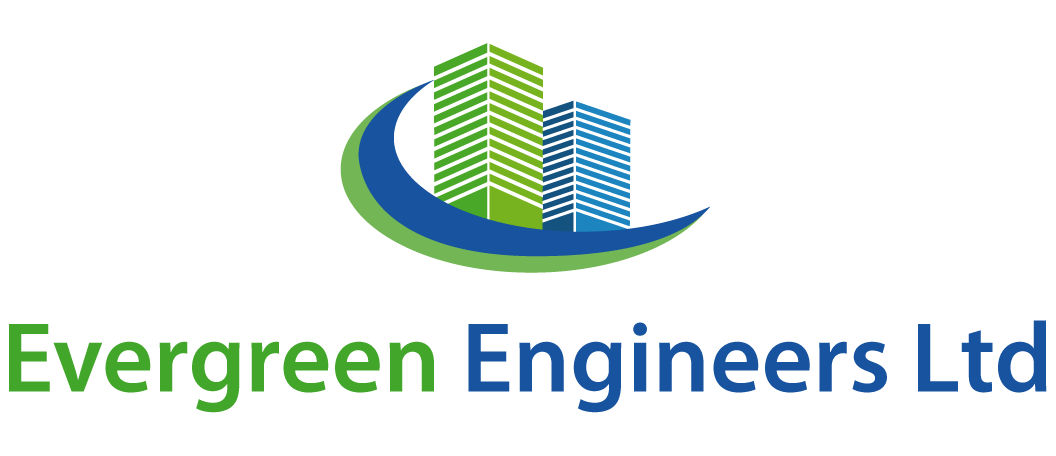Embarking on a property inspection is a crucial step in the home-buying or selling process. A comprehensive examination can reveal the true condition of a property, helping buyers make informed decisions and sellers address potential issues upfront. In this blog, we’ll explore the top 10 red flags to watch out for during a property inspection, empowering both buyers and sellers with the knowledge needed to navigate the real estate landscape.
Foundation Issues:
The foundation is the backbone of any structure. Cracks, uneven floors, or doors that don’t close properly may indicate foundation problems. These issues can be costly to repair and may compromise the structural integrity of the entire property.
Water Damage:
Water damage can have long-lasting and often hidden consequences. Stains on ceilings or walls, a musty odor, or warped flooring are indicators of leaks, plumbing issues, or poor drainage. Identifying and addressing water damage promptly is crucial to preventing mold growth and structural deterioration.
Roofing Concerns:
A damaged or aging roof can lead to a host of problems. Missing or curled shingles, visible leaks in the attic, or water stains on ceilings are red flags. A thorough inspection of the roof’s condition is essential, as replacing or repairing a roof can be a significant investment.
Electrical Wiring Problems:
Outdated or faulty electrical systems pose a serious safety risk. Flickering lights, tripped circuit breakers, or outdated wiring are warning signs. Ensuring that the property’s electrical systems meet current safety standards is vital to prevent fire hazards and electrical failures.
Plumbing Issues:
Plumbing problems can range from minor leaks to major pipe issues. Stains on walls or ceilings, low water pressure, or water discoloration are indications of plumbing issues. Identifying and fixing plumbing problems early can prevent extensive water damage and costly repairs.
Pest Infestations:
Unwanted pests can wreak havoc on a property. Look out for signs such as droppings, gnawed wood, or unusual sounds. Termite damage, in particular, can be extensive and may not be immediately visible. A professional inspection is crucial to identify and address pest issues effectively.
HVAC System Deficiencies:
The heating, ventilation, and air conditioning (HVAC) system is essential for comfort and indoor air quality. Inadequate heating or cooling, strange noises, or foul odors may indicate problems with the HVAC system. A malfunctioning HVAC system can result in discomfort and increased energy bills.
Mold and Mildew Growth:
Mold and mildew thrive in damp and poorly ventilated areas. Persistent musty odors, visible mold growth, or signs of water damage are red flags. Identifying and remedying mold issues promptly is crucial for both the property’s structural integrity and the health of its occupants.
Structural Integrity Compromises:
Beyond the foundation, other structural components may show signs of wear or damage. Sagging ceilings, bowing walls, or compromised support beams are critical red flags. Addressing structural issues promptly is essential to ensure the safety and stability of the property.
Code Compliance Concerns:
Non-compliance with building codes can lead to a host of issues down the line. An experienced inspector can identify areas where the property may not meet current building standards. This knowledge is crucial for both buyers and sellers to address potential legal and safety issues.
A property inspection is a crucial step in the real estate journey, providing a comprehensive understanding of a property’s condition. Identifying these top 10 red flags during an inspection empowers both buyers and sellers to make informed decisions. For buyers, it ensures that they are aware of potential issues and can negotiate repairs or price adjustments. For sellers, addressing these red flags proactively can enhance the market appeal of the property and streamline the selling process. In the dynamic world of real estate, knowledge is the key to a successful and stress-free property transaction.




